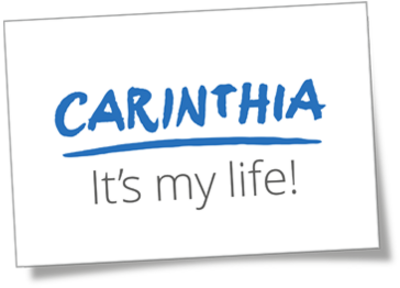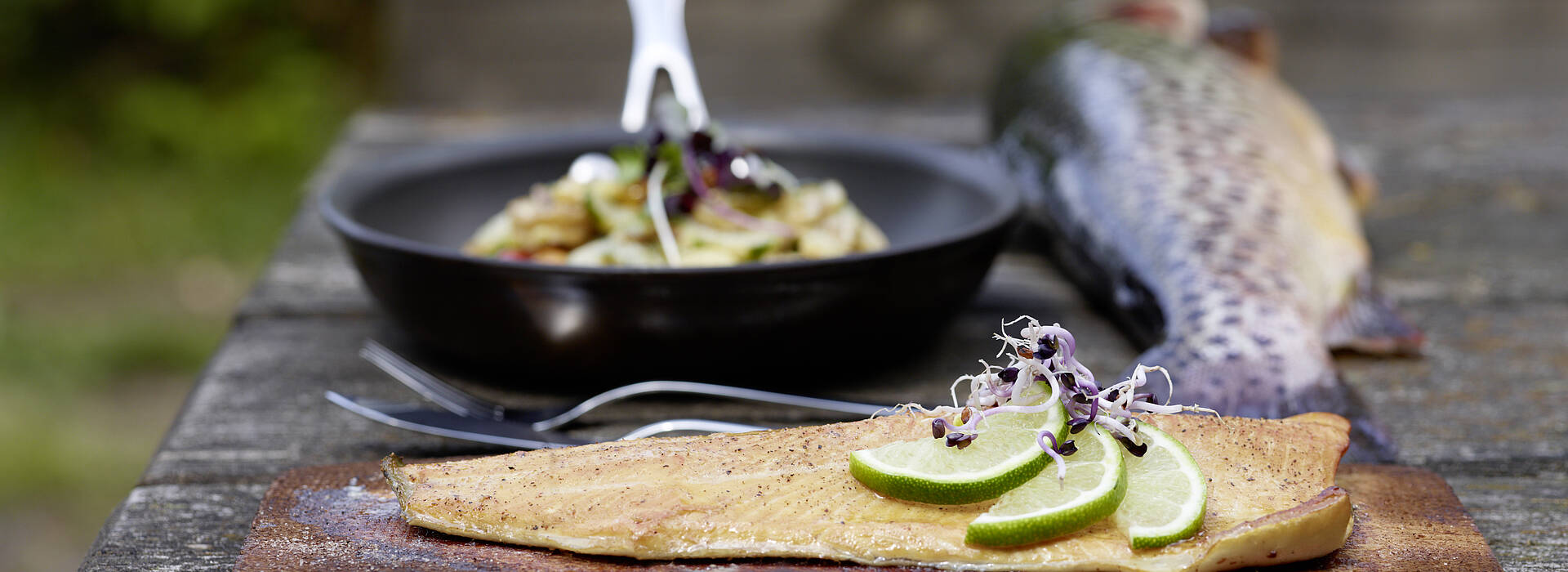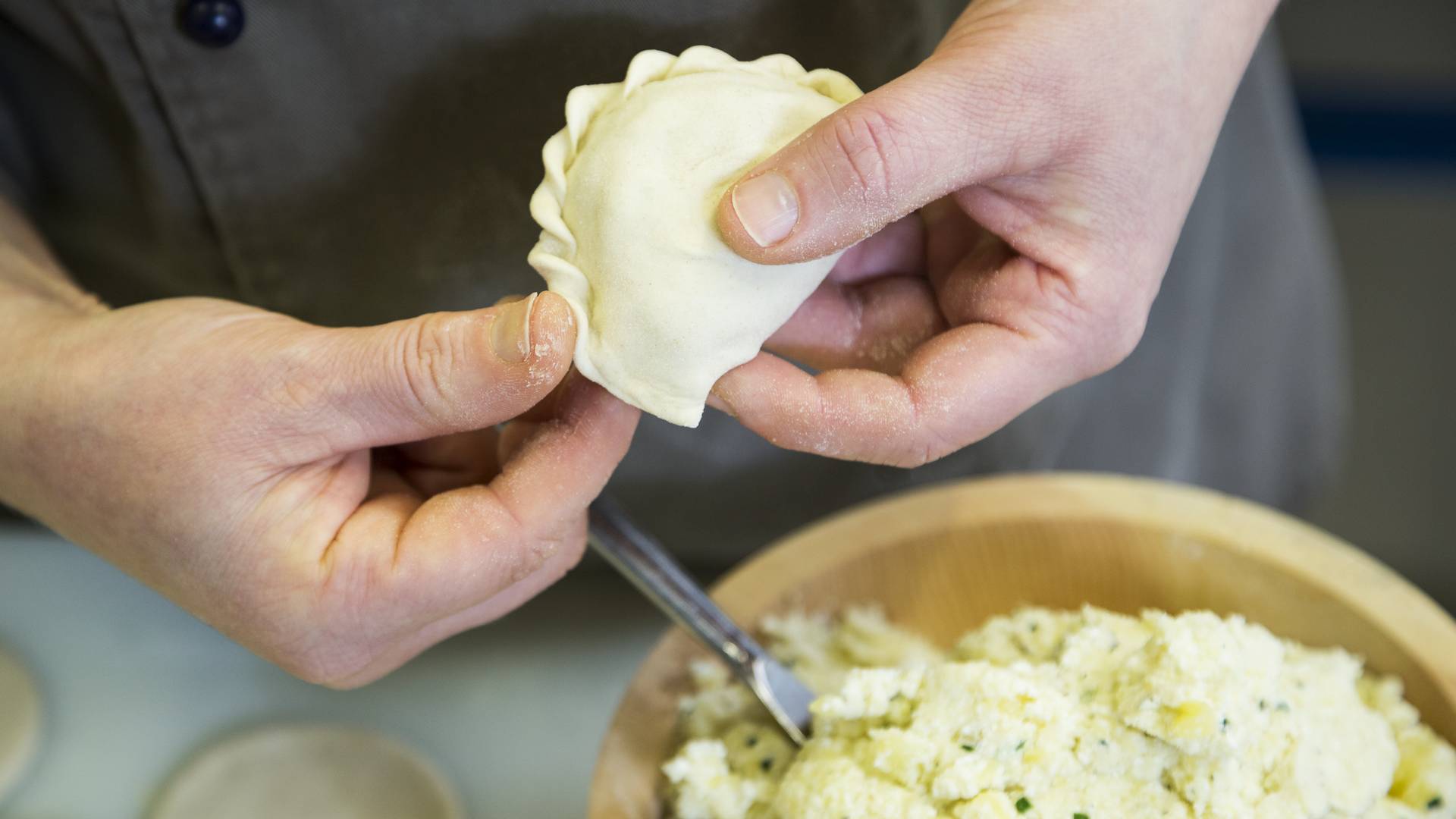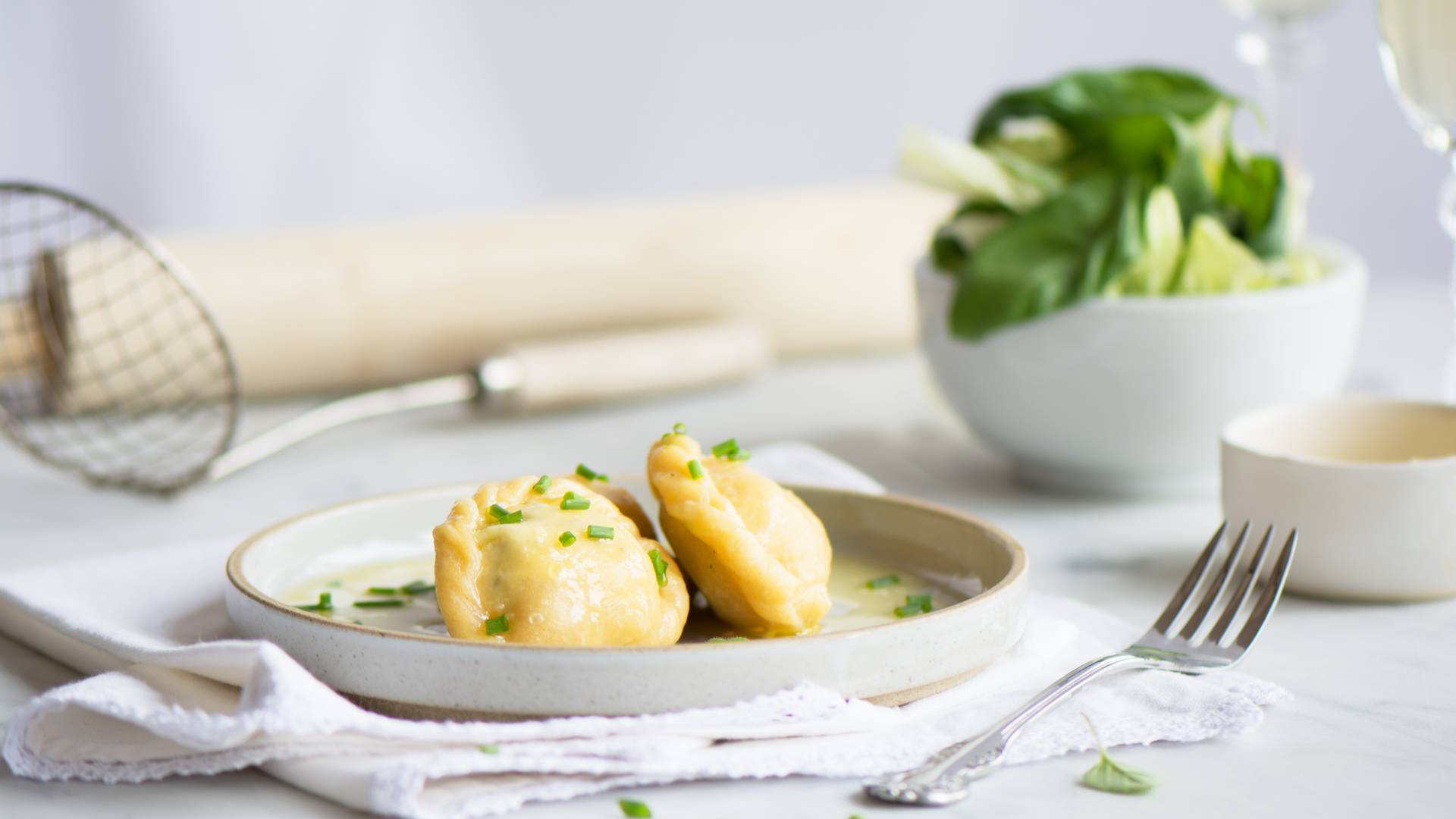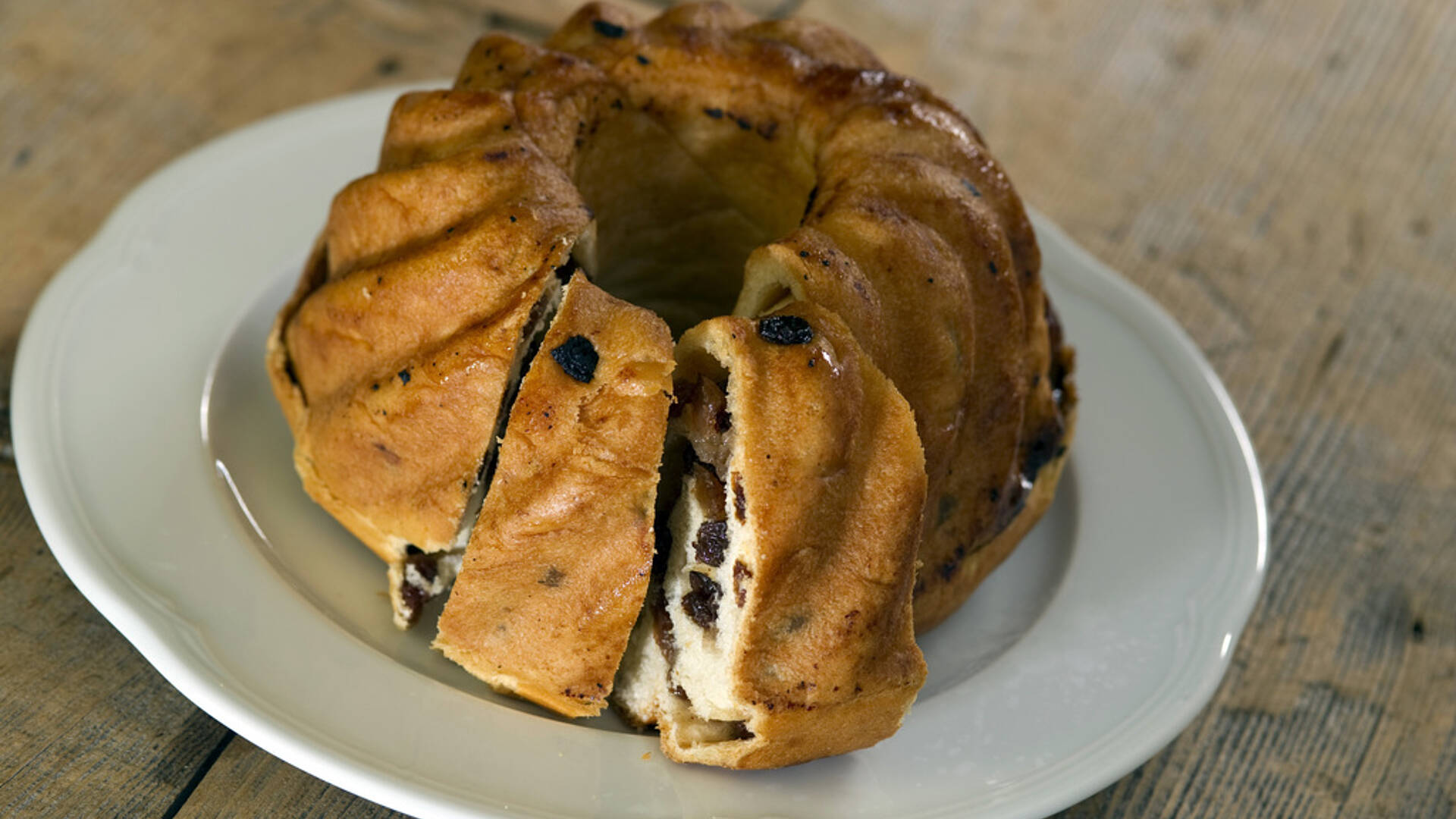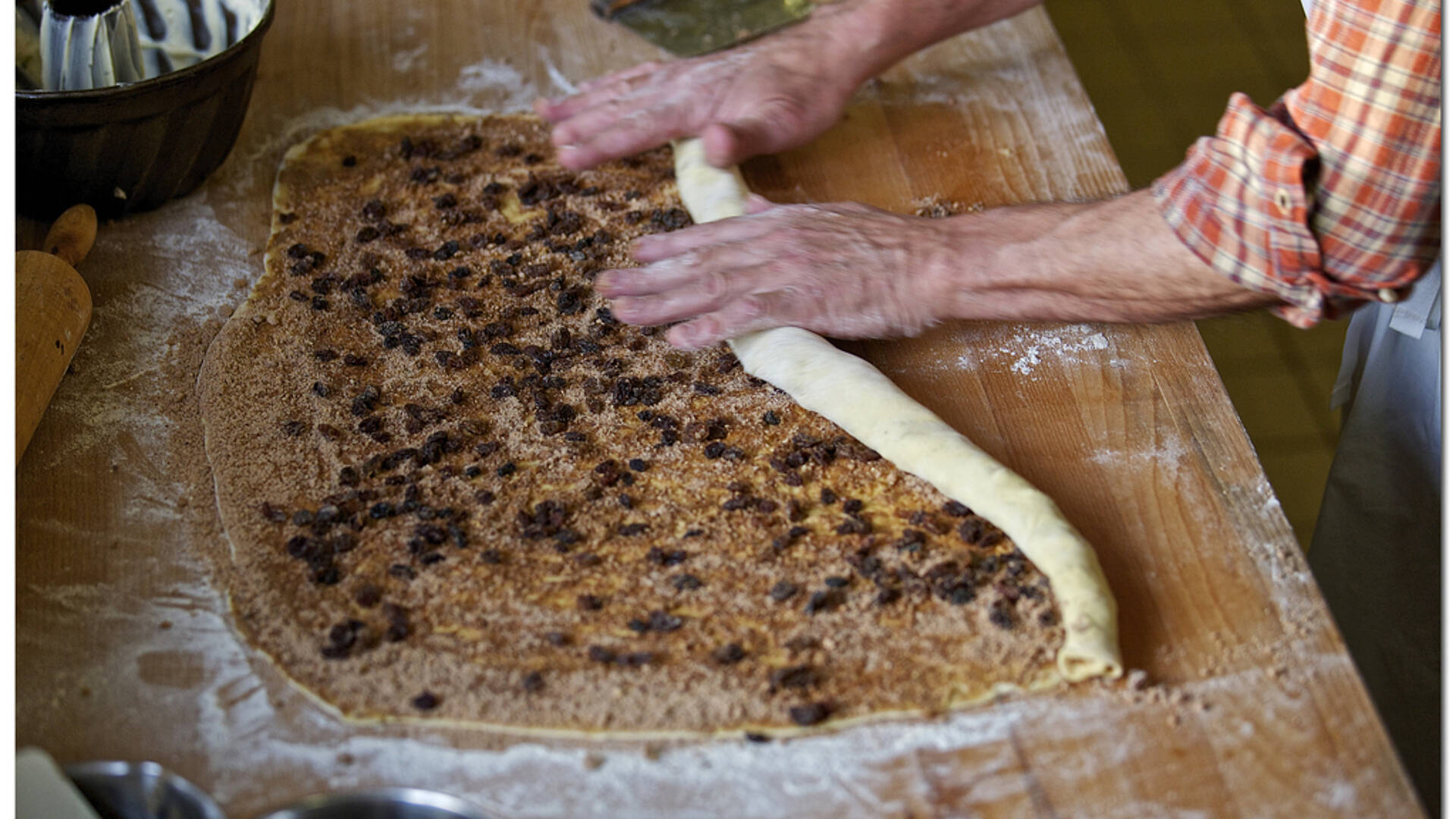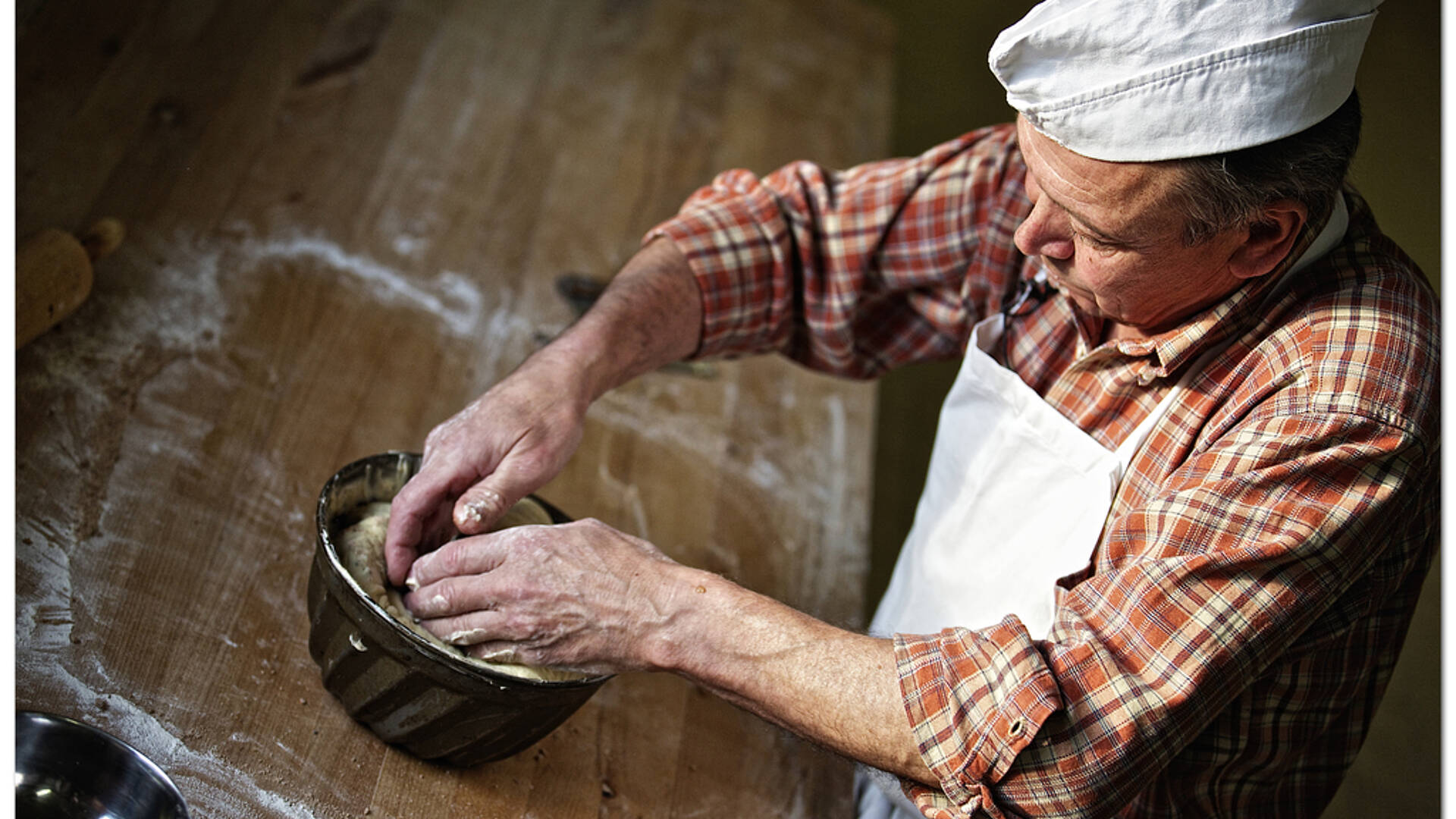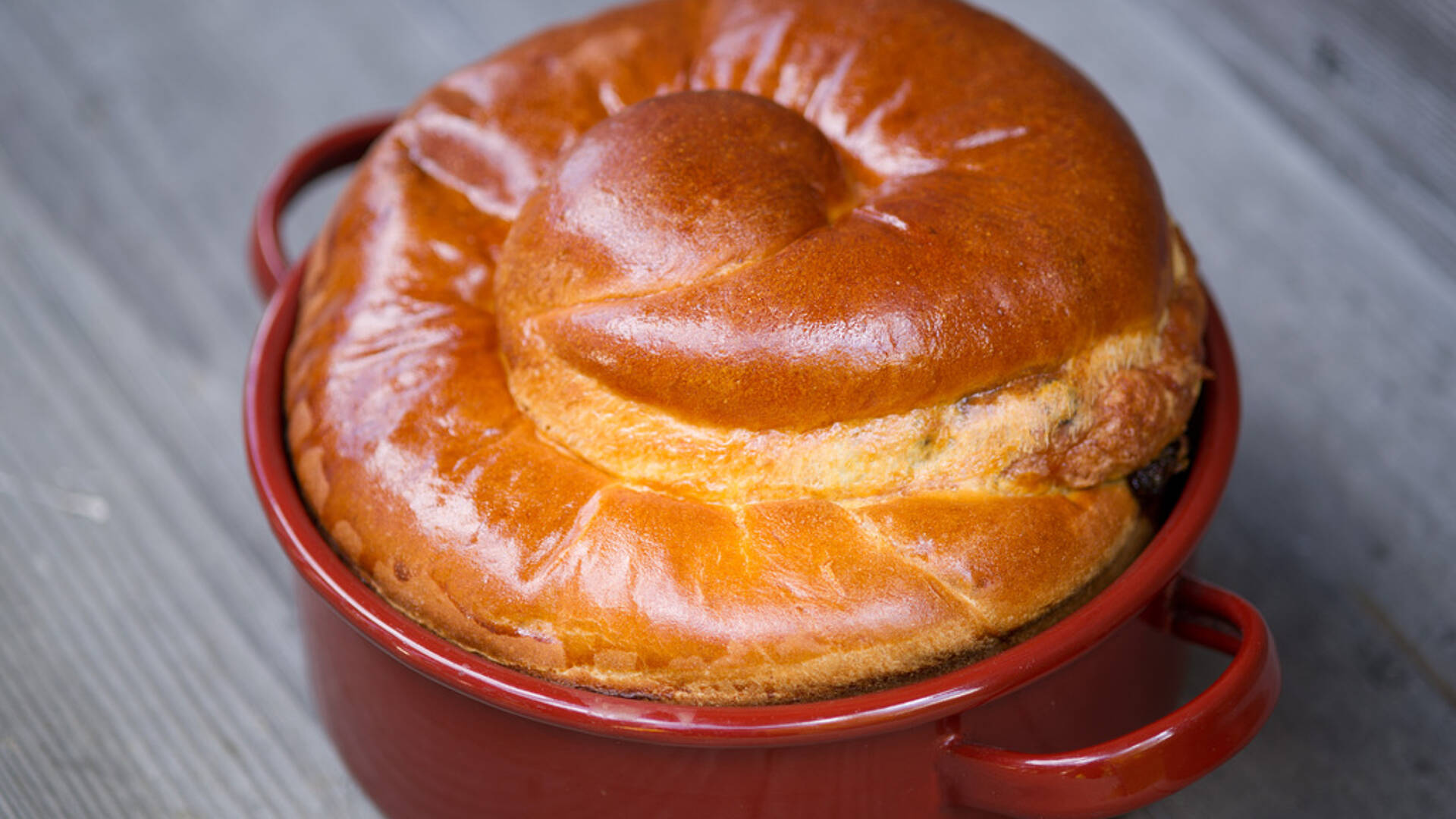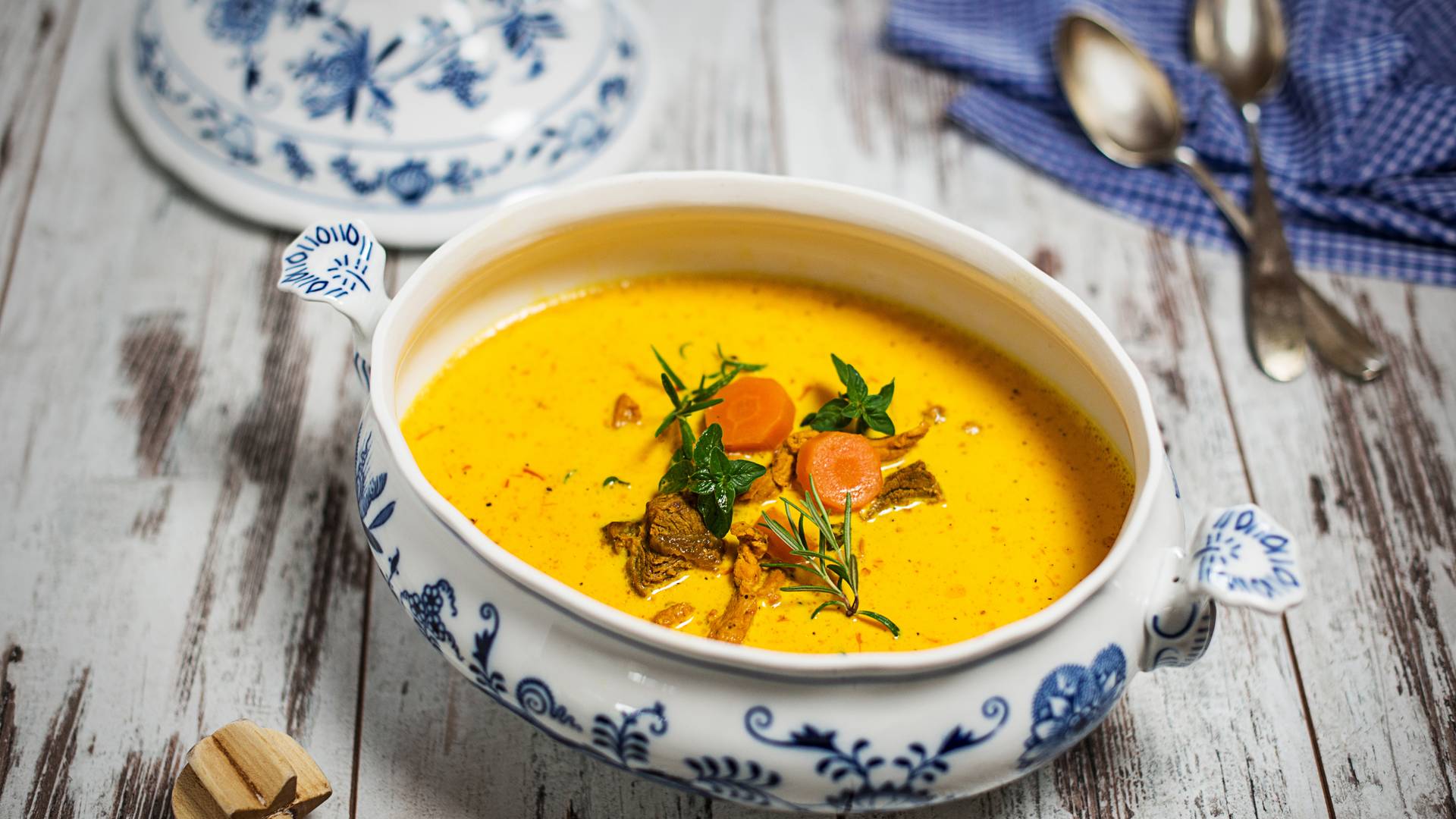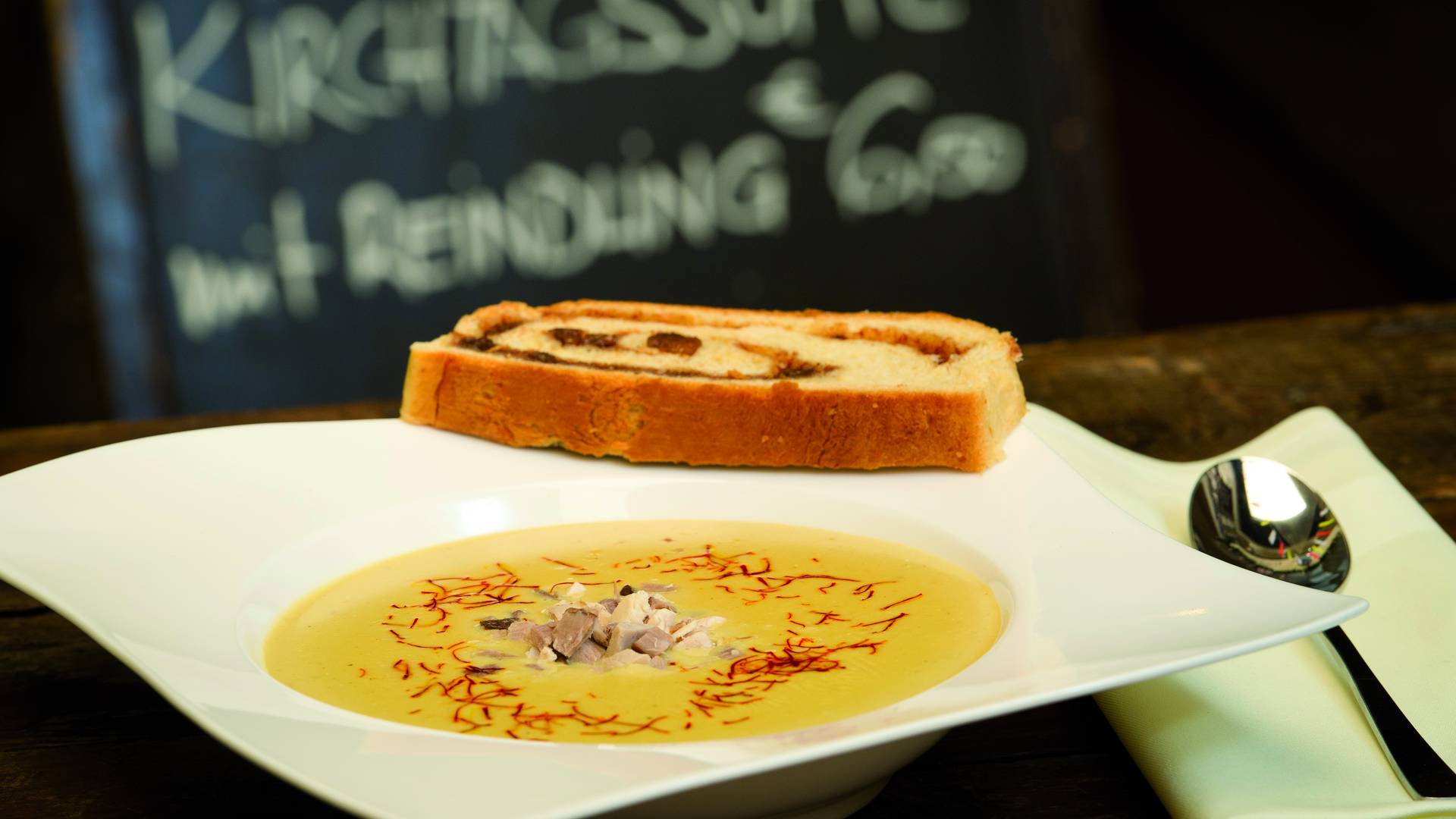-
- Experiences
- Weather
- Map
- Bookmarks You can save several offers in your personal list.
1. Kärntner Nudeln
Kärntner Nudeln (Carinthian pasta pockets) are undoubtedly the peak of Carinthian cuisine. Thin pasta dough is filled with a mixture of crumbly curd cheese, potatoes, mint and chervil. Each pocket is "crimped" around the edges (called "krendeln" in German) to ensure it does not come unsealed when cooking. Kärntner Nudeln are traditionally served with melted butter or crispy crackling.
2. Fish from Carinthia
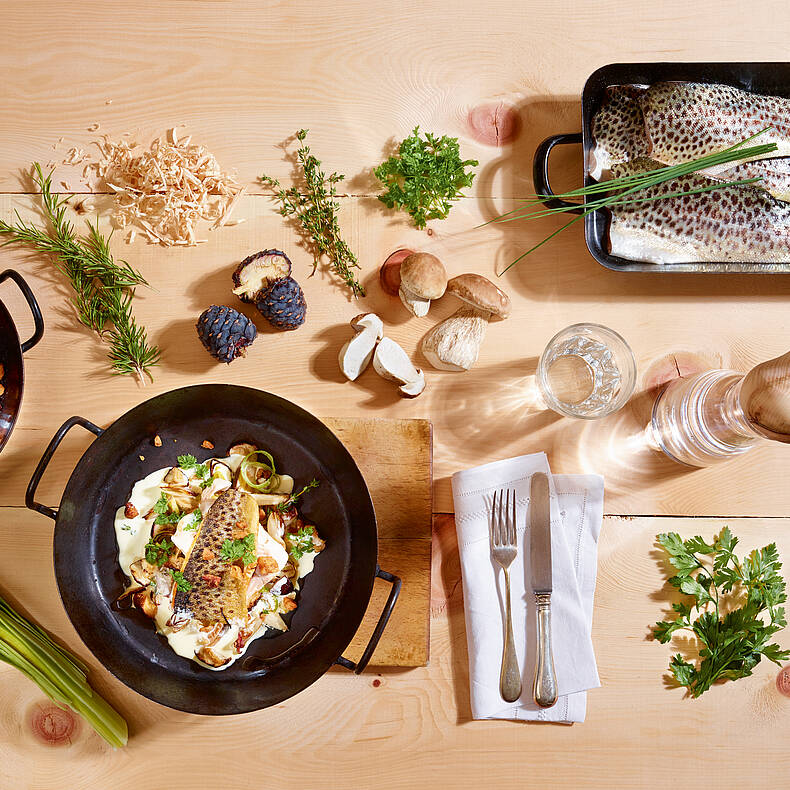
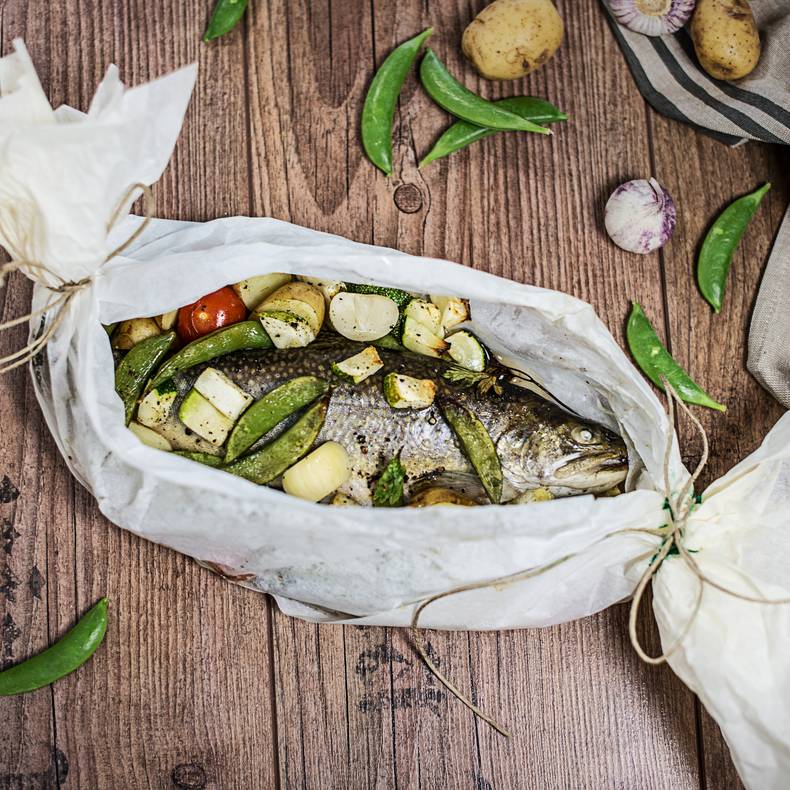
"Kräutersaibling"
Thanks to its dedicated fish farmers, Carinthia produces large quantities of freshwater fish. One particular speciality is the so-called Kärntner Lax’n, a lake trout found in the region as early as the 14th century, which has successfully been bred here again for some years now. Delicately prepared and refined with regional produce, these fish creations have become a staple of Carinthian Alpe-Adria cuisine. Locally caught char, trout, Kärntner Lax’n, Danube salmon, whitefish, carp and crayfish are best enjoyed on one of the many Carinthian lakeside terraces. And every summer, the municipality of Feld am See pays tribute with its fish festival.
3. Reindling
Known as Gubbana in Italy, Pohaca in Slovenia and Reindling in Carinthia, all refer to a delicious yeast dough cake filled with sugar, raisins and cinnamon. Where does the Carinthian name come from? Well, the rolled up dough is placed into a cast-iron "Rein" or bundt cake tin. The dough is then topped with butter and sugar, which melt into a sweet, crunchy glaze when baking. This traditional Carinthian delight is not just served with breakfast or coffee, but enjoys its big moment at Easter and throughout the Kirchtag festivities.
4. Carinthian asparagus
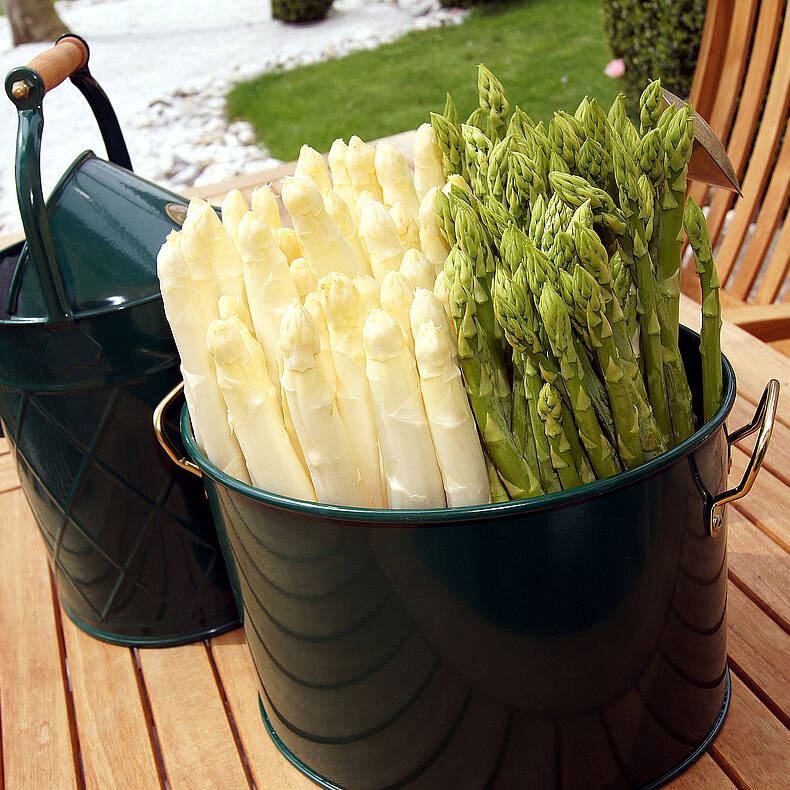
Spargelhof Sternath
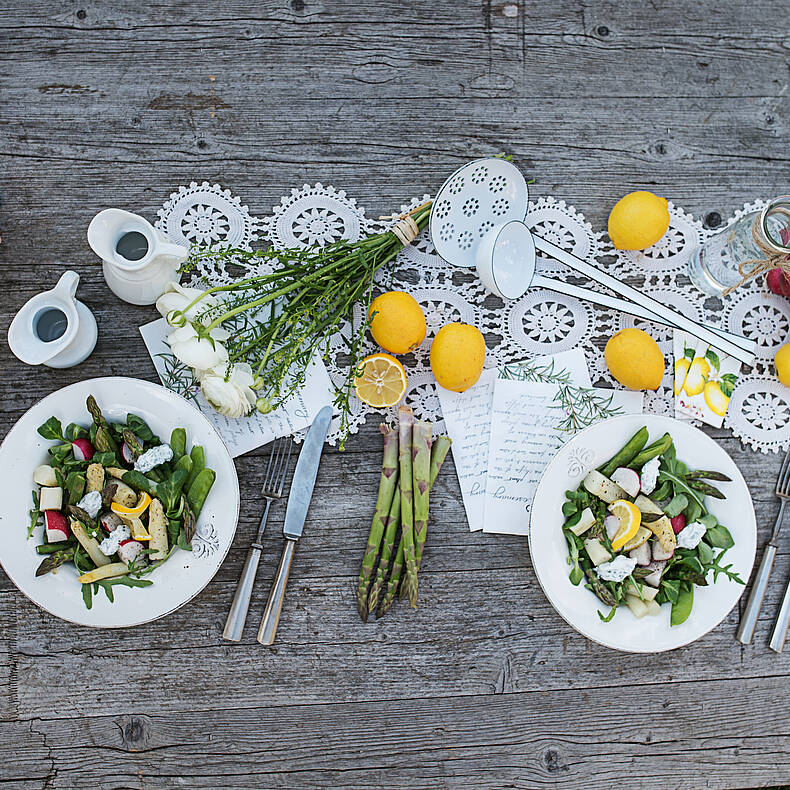
April to June is peak season for health-conscious connoisseurs across Carinthia. At the Kammerhof or Spargelhof Sternath in the Lavanttal valley, asparagus is picked early in the morning then delivered straight to restaurants and shops. Carinthian chefs are in their element when it comes to serving creative asparagus dishes.
5. Kärntner Jause
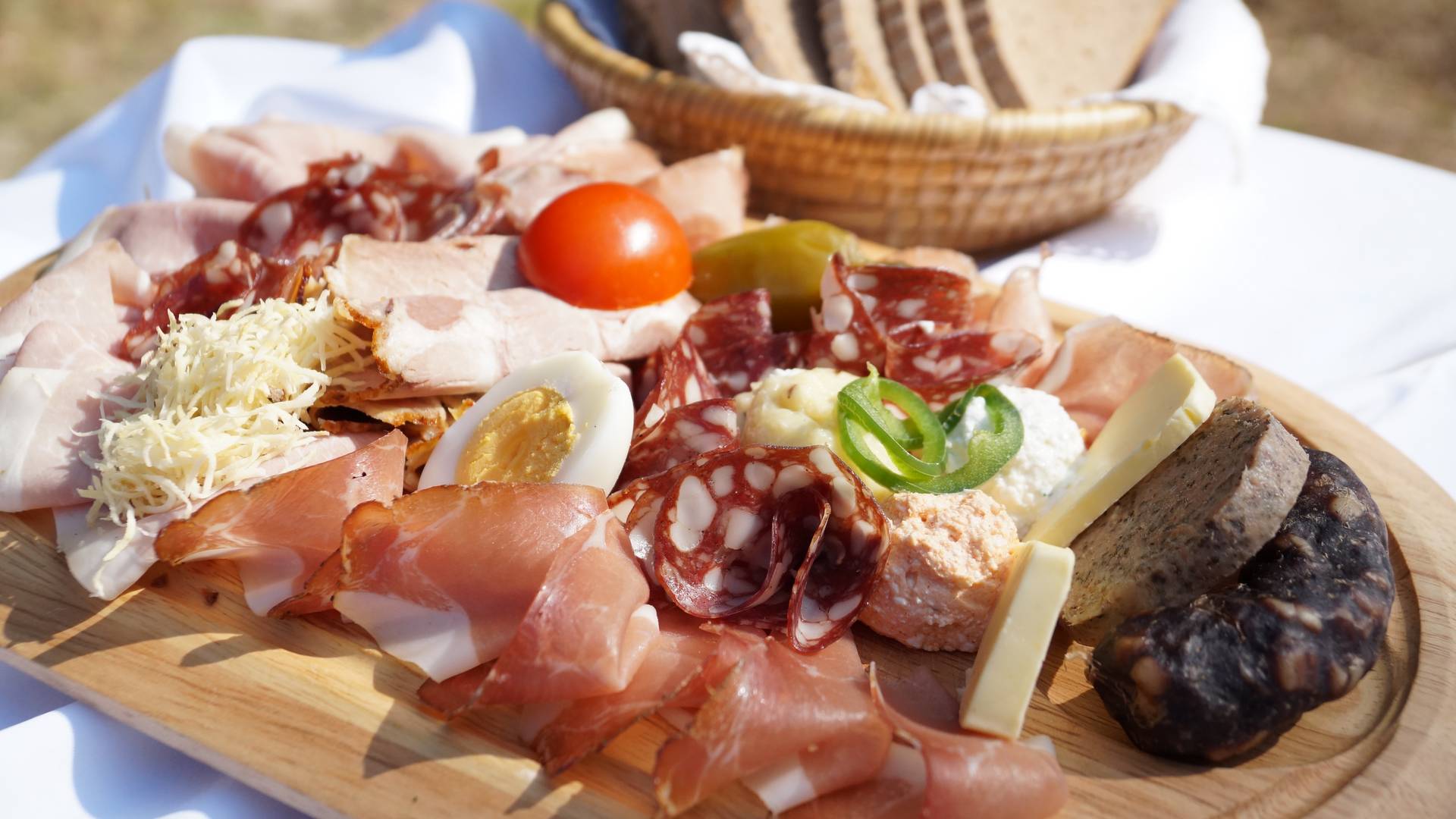
A good Kärntner Brettljause – which tastes best at one of the rustic local Buschenschenken (wine or cider taverns) – comprises of all homemade delights: cooked and / or smoked ham, air-dried or smoked bacon, seasoned curd cheese, sausage spread, Selchwurst sausages, salami and traditional Carinthian Trockenwürstel sausages. Depending on season and tavern, there may be additional delicacies from the immediate surroundings, such as Jauntal salami, Gailtal mountain cheese or Gailtal and Gurktal bacon. The Jause is often washed down with a shot of pine schnapps or fruit brandy.
6. Carinthian Kirchtagssuppe (church festival soup)
Different kinds of meat and vegetables are prepared like a beef broth, which is then refined with cream, eggs, spices and saffron. According to recipe, the finely chopped cooked meat and vegetables are placed in a soup bowl. Subtle variations of ingredients depending on region, valley and family ensure that this hearty yellow soup doesn’t taste the same anywhere across Carinthia, although it is always served with sweet Kärntner Reindling. Kirchtagssuppe is not just enjoyed throughout the Kirchtag festivities, but also at weddings or large family celebrations.
7. Kärntner Osterjause (Easter Jause)
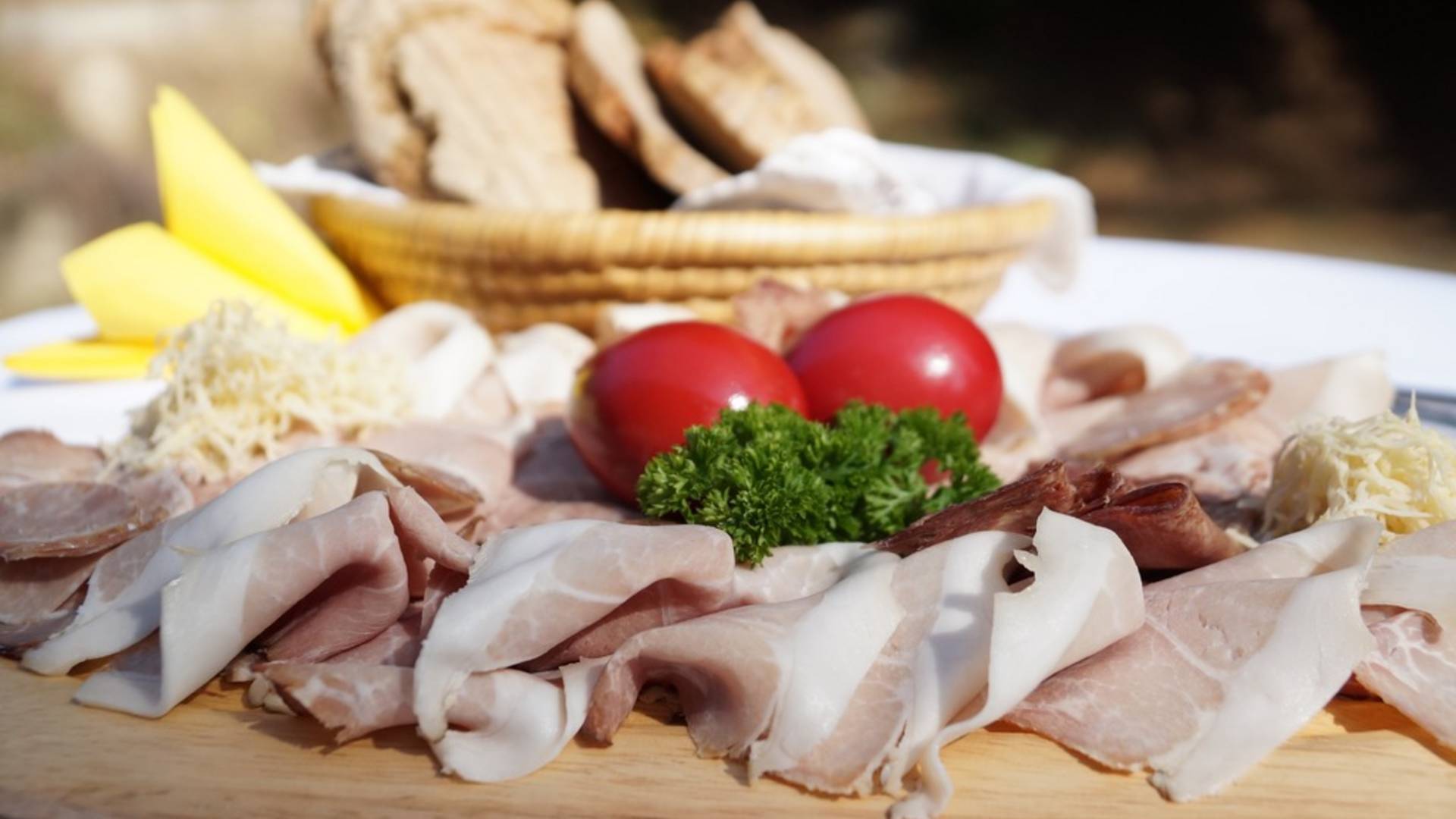
Easter is packed with customs, rituals and culinary traditions across Carinthia. On Holy Saturday or Easter Sunday morning, family and friends tuck into the pre-blessed Osterjause, which includes smoked ham, horseradish, coloured hard-boiled eggs, Selchwurst sausages, beef tongue and sweet Reindling made from yeast dough filled with cinnamon, sugar and raisins. Depending on region, the Osterjause may be accompanied by butter stuffed with poppy seeds, honey or raisins and Eierkren – a combination of eggs, horseradish, vinegar and oil.
Beer and wine from Carinthia
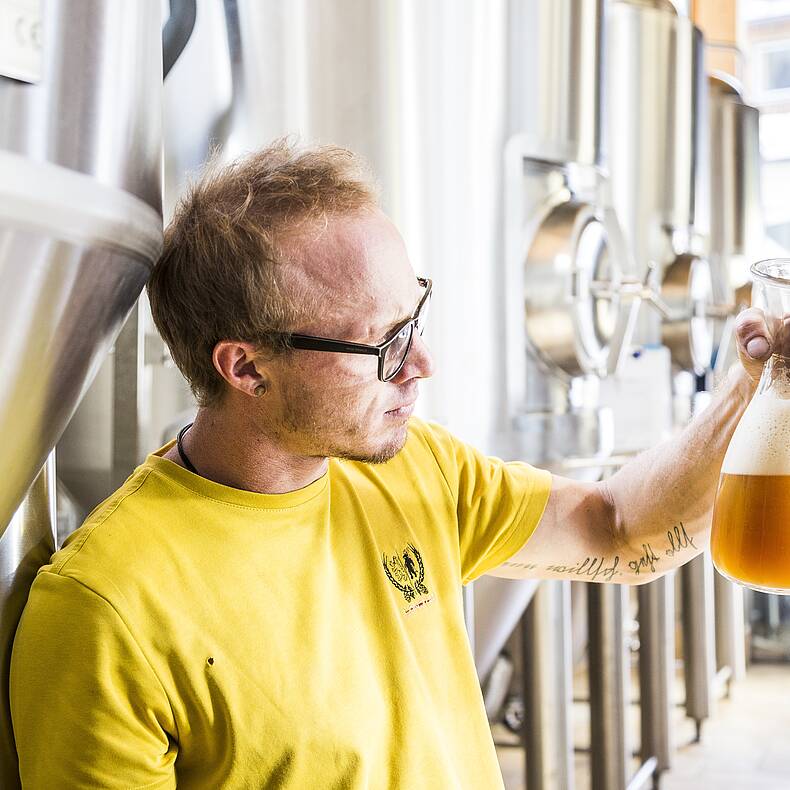
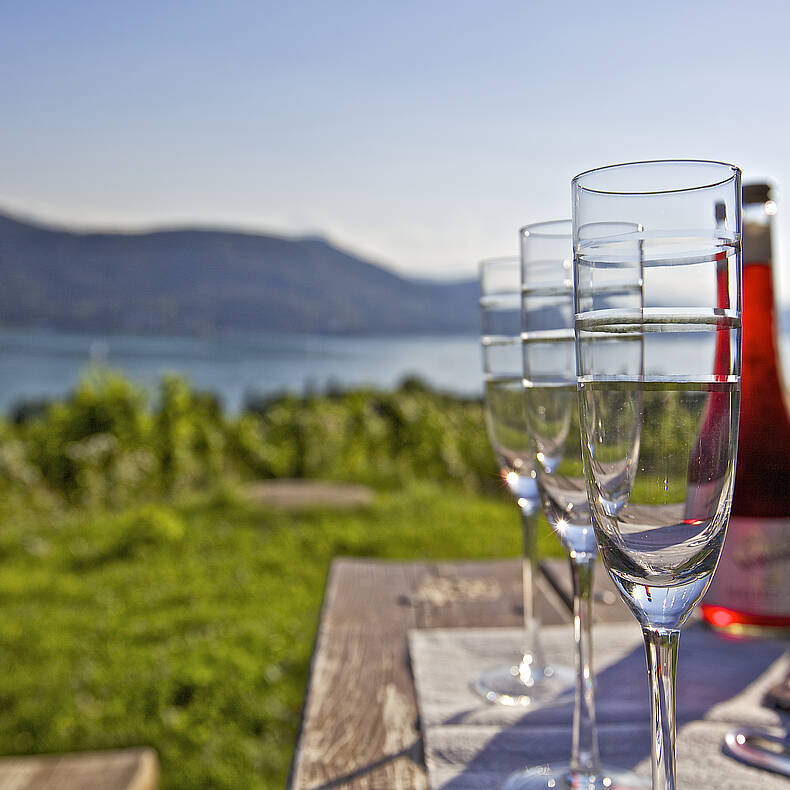
The Carinthian kitchen’s delights can splendidly be combined with local drinks, which Austria’s southernmost province offers an abundance of. Alongside the nationally respected Villacher, Schleppe and Hirter breweries, don’t miss out on trying smaller specialty brewers such as Loncium, Wimitzbräu or Breznik. When it comes to wine, Carinthia’s viticulture that flourished in the Middle Ages but was then forgotten about until the 1970s is now catching up again. Some local vintners, most with just a few hectares of wine-growing area, are nationally recognized for their excellent wines. Carinthian wineries include Weingut Burg Taggenbrunn (the largest establishment at 40 hectares), Domäne Lilienberg (10 hectares), Weingut Karnburg, Trippelgut and Vinum Virunum. For those who enjoy ending a wonderful meal in high spirits: award-winning regional distilleries include Pfau Brand, Spendel Schnaps and Edeldestillerie Weber.
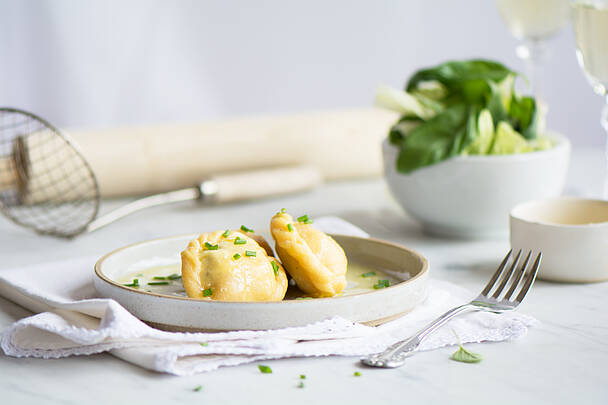
Slow Food Guide
With the Carinthian Slow Food Guide, Carinthia is shining the spotlight on all of its establishments that not only focus on local, seasonal products and their healthy preparation, but also on collaborating with regional producers as a vital contribution towards sustainability and circular economy within Carinthia. The Slow Food criteria of "good, clean, fair" saw a panel of 70 judges analyse a total of 84 restaurants, 29 alpine huts and wine taverns plus 89 farms shops and specialty stores. In addition the Carinthian Slow Food Guide includes tips on culinary markets and festivals, Slow Food Travel and Slow Food Village events as well as culinary weekend suggestions.
The guide can be ordered free of charge from the Kärnten Werbung by calling +43 / (0)463 / 3000 or online at www.kaernten.at/slowfoodguide/ .
